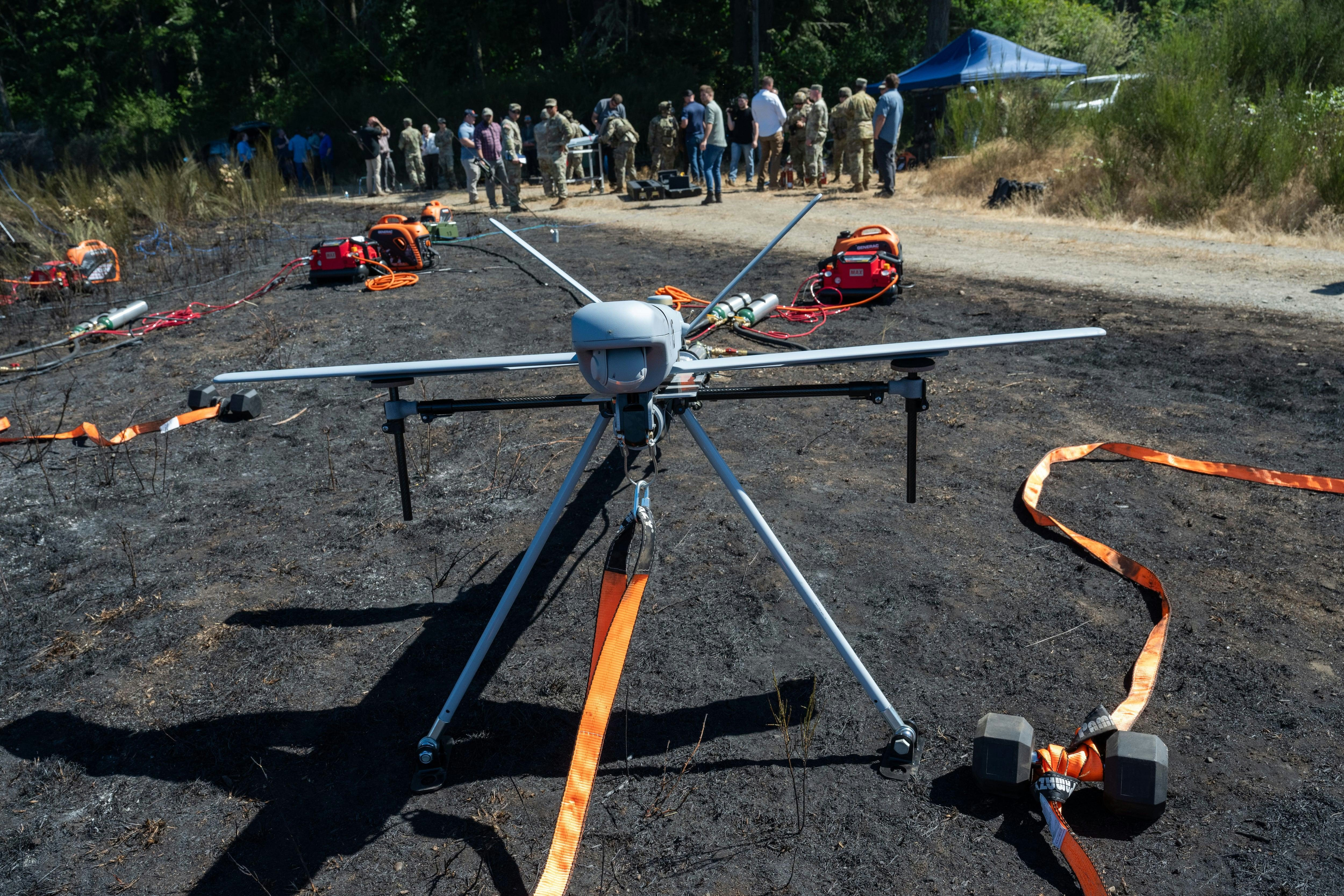
AeroGenie — Your Intelligent Copilot.
Trending
Categories
Parata Air Plans U.S. Expansion with New Widebody Fleet for Long-Haul Low-Cost Flights
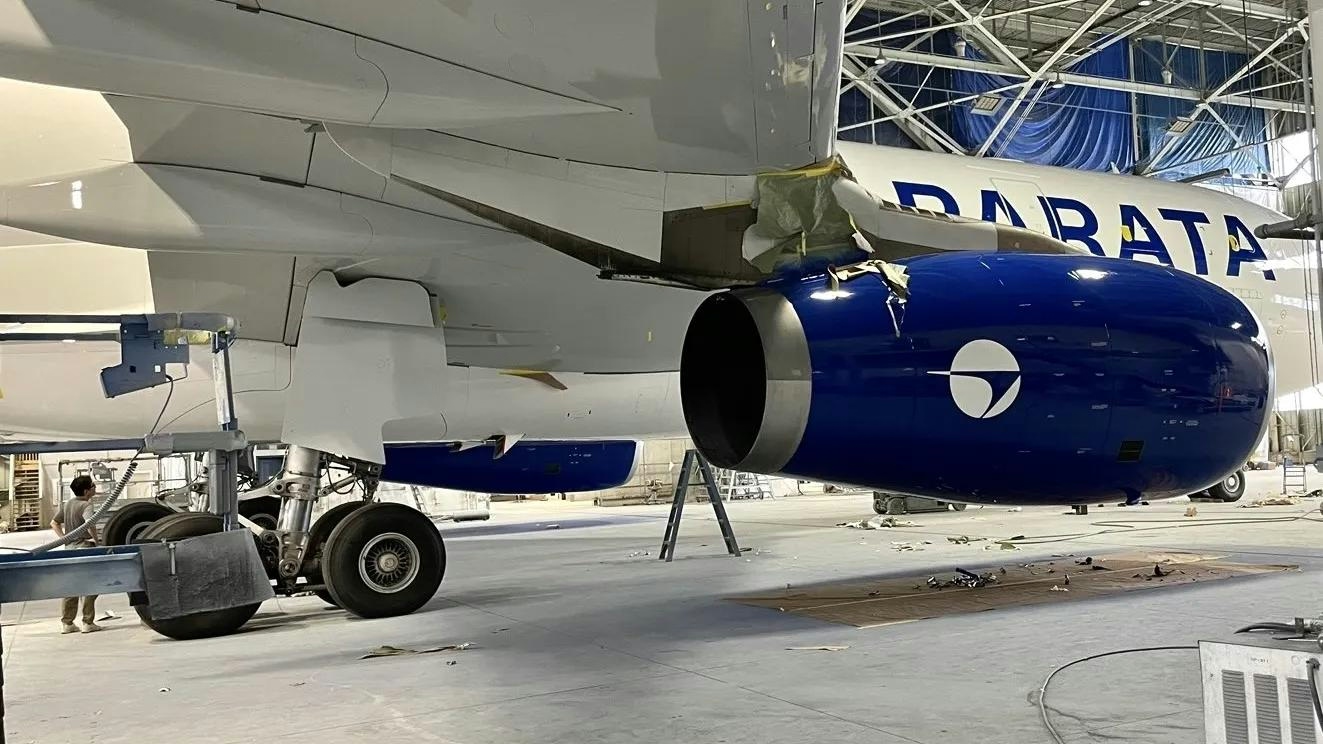
Parata Air Plans U.S. Expansion with New Widebody Fleet for Long-Haul Low-Cost Flights
South Korea’s Parata Air, recently relaunched after a period of financial difficulty, is preparing to enter the transpacific market with ambitious plans to operate scheduled Airbus A330-200 flights from Seoul Incheon to Los Angeles and Las Vegas starting in March 2026. The airline has formally applied to the U.S. Department of Transportation (DOT) for approval to launch these services. If granted, Parata would become the third Korean long-haul low-cost carrier connecting North America and East Asia, joining Air Premia and Trinity Airways, and positioning itself as a direct competitor to established carriers such as Korean Air and Asiana Airlines on key West Coast routes.
From Bankruptcy to Strategic Rebirth
Parata Air’s current incarnation follows the collapse of Fly Gangwon in 2023. The airline was acquired by South Korean manufacturing company Winix Inc., which rebranded the carrier as Parata Air in 2024 and invested over 300 billion won to revive its operations. By September 2025, Parata had obtained a new Air Operator Certificate and resumed domestic services, including routes between Jeju and Seoul Gimpo as well as Jeju and Yangyang. The airline has adopted a hybrid business model that combines elements of low-cost and full-service carriers, aiming to appeal to a new generation of travelers who prioritize affordability without sacrificing safety and premium service features. The name “Parata,” derived from the Korean word for “blue,” reflects the airline’s youthful and modern identity, symbolizing clarity and promise.
Fleet Strategy and International Expansion
Parata Air currently operates a modest but varied fleet, consisting of Airbus A320-200 aircraft for domestic and short-haul flights and Airbus A330-200 widebodies for high-density domestic routes and planned long-haul services. The widebody aircraft are presently used on domestic trunk routes to familiarize crews and refine operational procedures ahead of the airline’s international expansion. Parata’s strategy for 2026 includes launching services to Japan, Vietnam, and the United States.
In its application to the U.S. DOT, Parata detailed plans to commence flights to Los Angeles and Las Vegas on March 29, 2026, under the US–Korea Open Skies agreement. The airline intends to deploy two Korea-registered A330-200 aircraft for these routes, with technical support provided by Lufthansa Technik and other approved maintenance partners.
Competitive Landscape and Market Challenges
The Seoul–Los Angeles route is one of the most competitive long-haul corridors globally, with established carriers such as Air Premia, Asiana Airlines, and Korean Air operating daily or near-daily flights. Las Vegas, a popular destination for Korean tourists and business travelers, is currently served daily by Korean Air. Parata’s entry into this market promises a more affordable, nonstop alternative, potentially reshaping fare dynamics.
However, Parata’s expansion occurs within a complex and rapidly evolving market environment. The recent failure of PLAY, an Icelandic low-cost carrier that faced operational difficulties, highlights the risks confronting new entrants in the long-haul low-cost segment. Additionally, competitors like IndiGo are intensifying competition by deploying Airbus A321XLR aircraft on long-haul routes, while Air Austral’s retirement of its A220 fleet due to technical challenges underscores the operational risks associated with introducing new aircraft types. Meanwhile, Breeze Airways’ aggressive fleet expansion signals a sector in flux, where operational resilience and strategic flexibility are essential for success.
Market Potential and Outlook
Parata Air’s planned U.S. expansion seeks to capitalize on growing demand for affordable, nonstop flights connecting Asia’s expanding outbound travel market with major U.S. leisure and business destinations. Should the airline succeed, it could stimulate fare competition and increase accessibility to transpacific travel. Nonetheless, recent industry developments illustrate that establishing sustainable long-haul low-cost operations remains a challenging endeavor, marked by both significant opportunities and considerable risks.

United Airlines Flight Returns to Dulles After Engine Failure on Takeoff

United Airlines flight makes emergency landing at Dulles after engine failure

The Impact of the New Air Force One’s Delayed 2028 Arrival on Aviation and Travel

United Airlines Restarts Controversial AI Scheduling for Flight Attendants
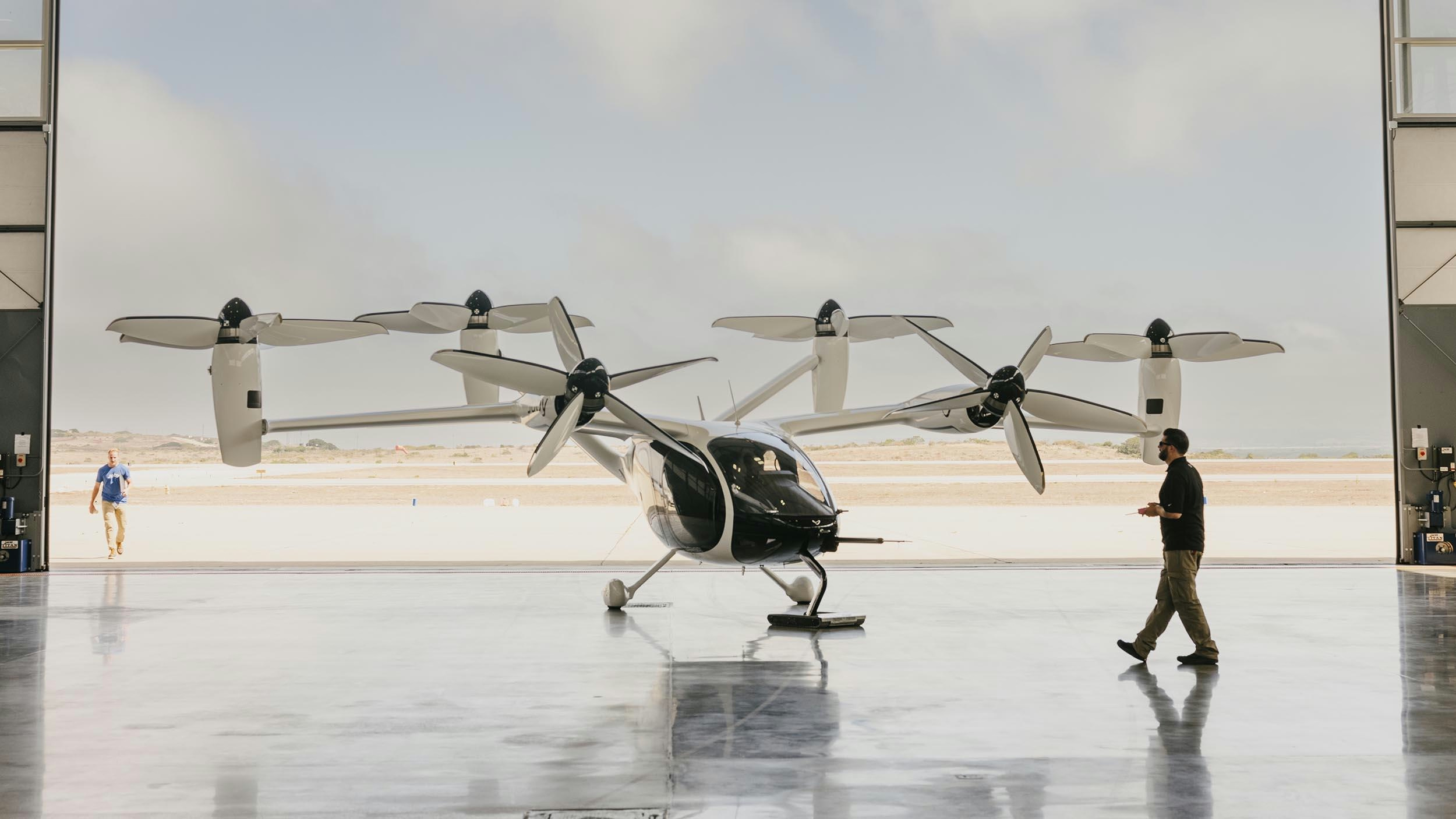
Joby Aviation’s Air Taxis Poised to Change Urban Travel and Tourism
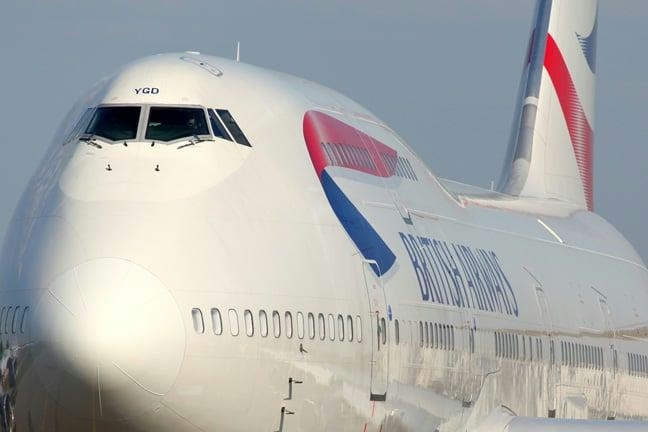
BA Chief Warns AI Agents May Diminish Brand Visibility
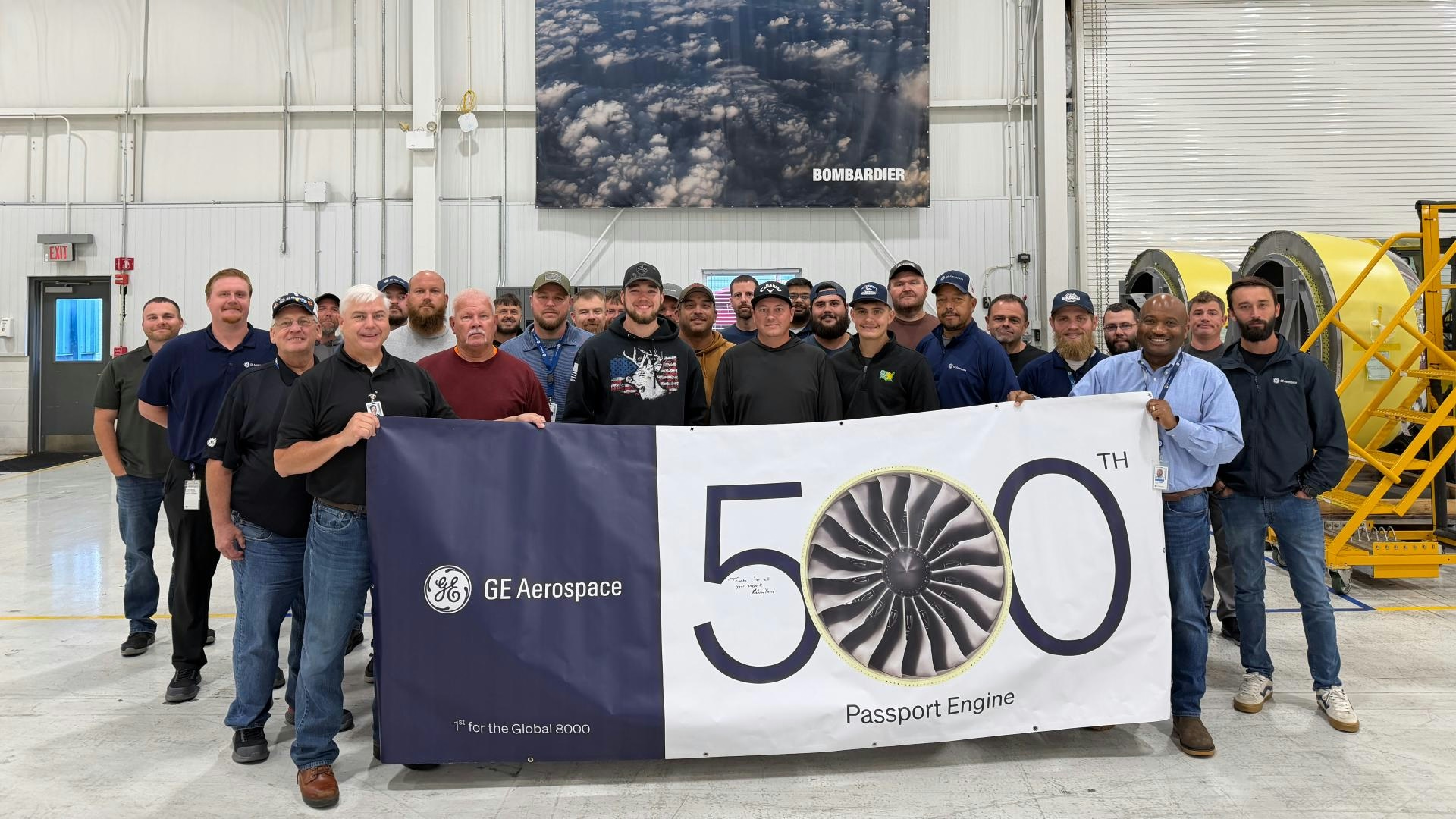
How GE Is Meeting Global Jet Engine Demand
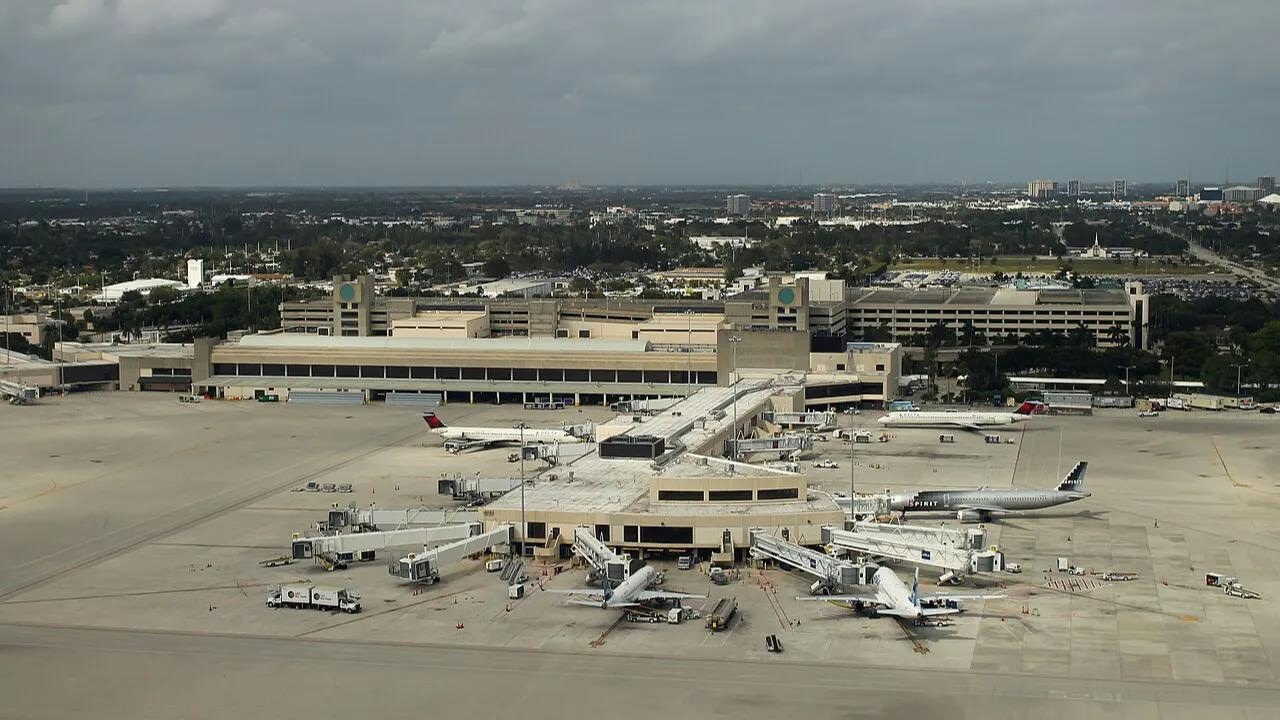
IATA Projects Airline Profits of $41 Billion in 2026
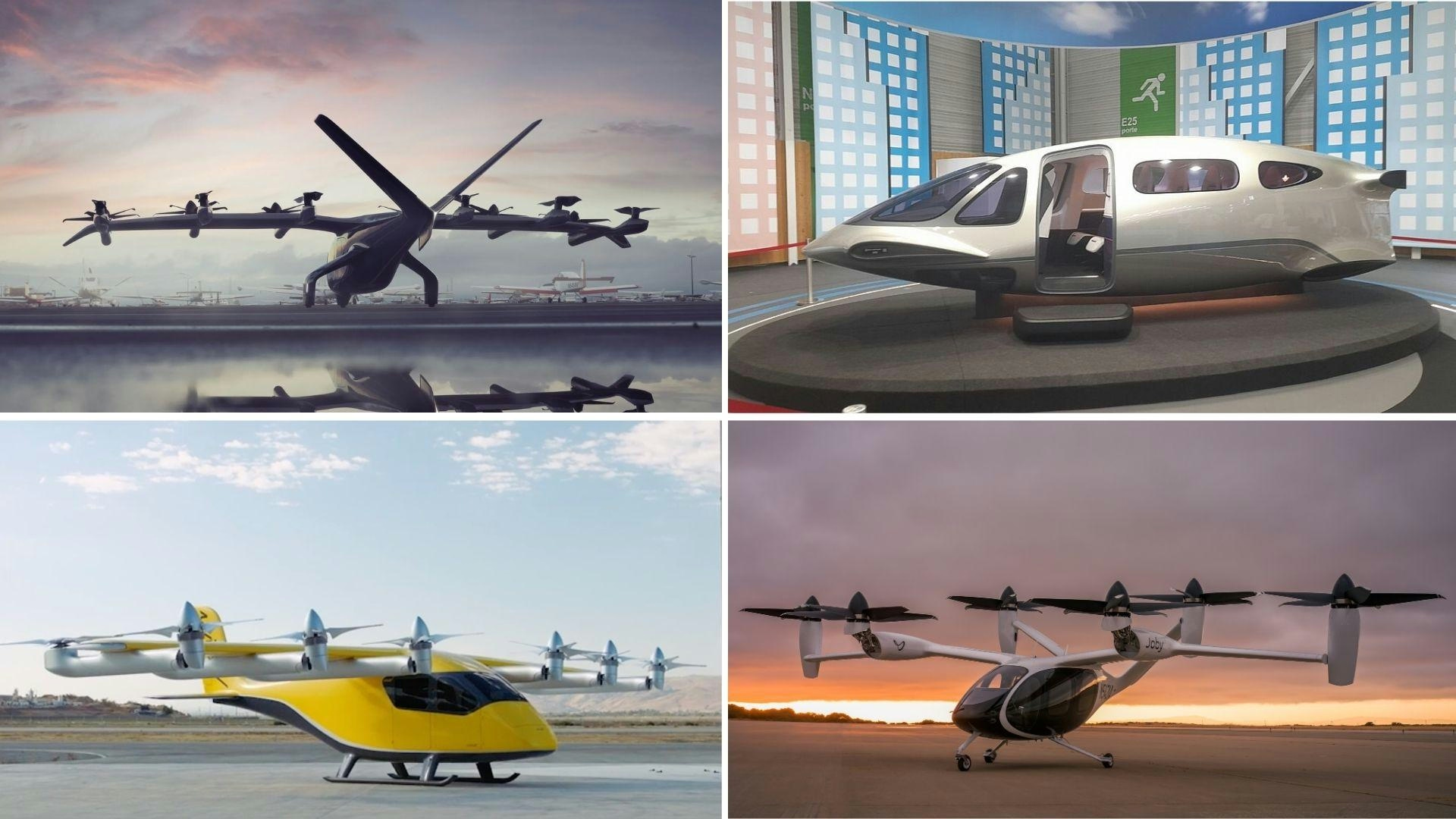
Five Air Taxis Poised to Shape Urban Mobility by 2026
